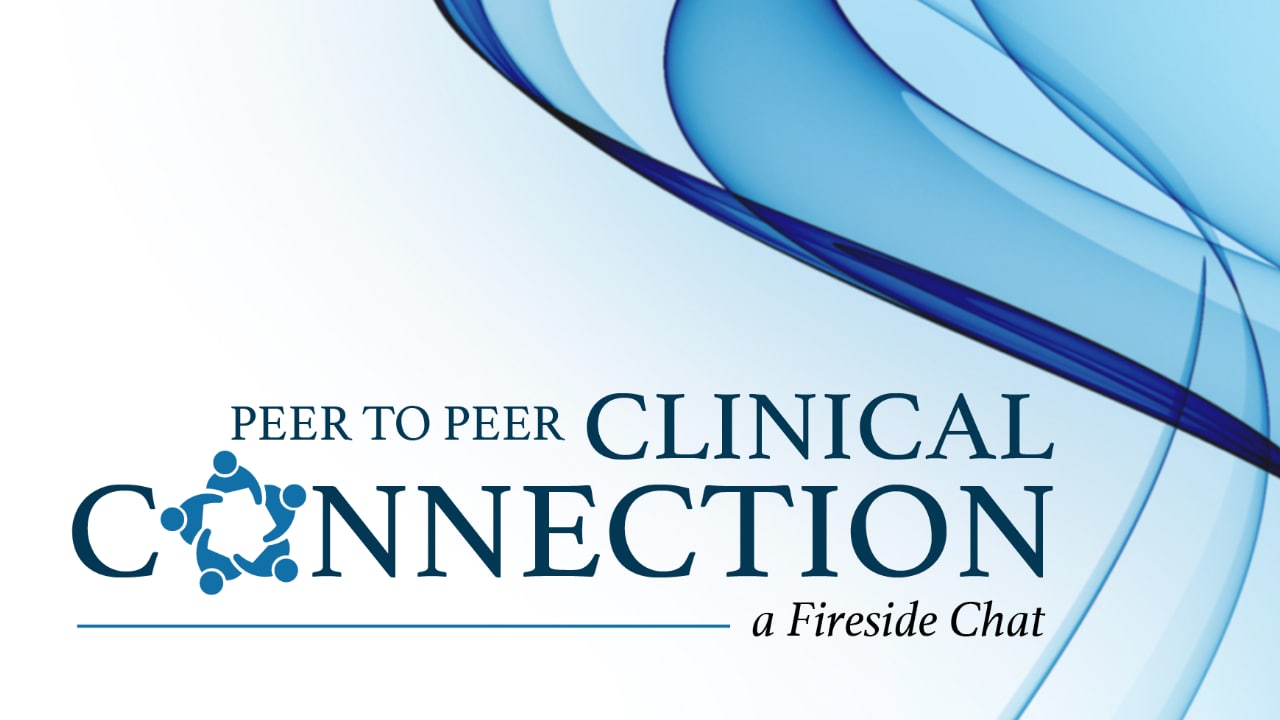Abstract and Introduction
Abstract
Shampoos are used almost universally in developed countries to wash the hair on a daily basis. A number of known contact allergens are used as ingredients in shampoos, and contact allergy due to shampoos is a well known entity. Patch testing can be used to identify ingredients to which patients are allergic, after which the physician can help the patient to find a shampoo that is free of the ingredients to which they are allergic. The ingredients used in shampoos have not been systematically reviewed in recent years in the United States. We use a database of products sold at a major drug store to quantify the most frequent allergens used in shampoos. The allergens most commonly present, in order of prevalence are as follows: fragrance, cocamidopropyl betaine, methylchloroisothiazolinone/methylisothiazolinone, formaldehyde releasers, propylene glycol, vitamin E, parabens, benzophenones, iodopropynyl butylcarbamate, and methyldibromoglutaronitrile/phenoxyethanol.
Introduction
Shampoo is the most commonly used product on the hair and scalp, and as a result, many different formulations are marketed on the basis of consumer-specific concerns such as hair manageability, problems associated with age and gender, and certain scalp problems such as dandruff and psoriasis. Shampoos are typically composed of 10 to 30 ingredients although products with as few as four ingredients are available, as are products with many more than 30 ingredients. Several types of ingredients are particularly important, including "surfactants" that aid in cleansing and lathering, "conditioners" and "active ingredients" that affect the hair and scalp, and "additives" that stabilize the product, add consumer appeal, and modify the effect of the surfactant.[1]
Although generally well tolerated, allergic contact dermatitis (ACD) due to ingredients in shampoo is a well-known entity.[2] ACD from shampoo can present as eyelid dermatitis, facial dermatitis, neck dermatitis, scalp dermatitis, dermatitis of the upper back, or dermatitis in more than one of these areas, often leading to difficulty in clinical diagnosis. Another confounding factor is that because of significant similarities in the ingredients of one shampoo to those of another, a patient who suspects shampoo allergy and thus changes products may change to another product that also contains the ingredient to which he or she is allergic and thus experience no improvement after the switch. This history often leads patients (and sometimes physicians) to erroneously assume that because the dermatitis did not improve following a change in shampoo, shampoo allergy is not the etiologic factor in the dermatitis.
Patch-testing for shampoo allergy can be challenging. Many of the relevant allergens are also irritants, which leads to possible false-positive results on patch testing.[3] Also, numerous allergens in shampoos are not included in current screening series, which makes it necessary to test with additional panels and to consider testing with the patient's own shampoo.[4] However, patch-testing directly with shampoos is fraught with difficulty because there may not be a dilution that is dilute enough to avoid false-positive irritant reactions while still being concentrated enough to avoid false-negative reactions.
Following a positive patch-test result, finding shampoos that are free of the detected allergens can be problematic for patients owing to the widespread use of a number of common allergens in many shampoos. We sought to systematically evaluate the potentially allergenic ingredients currently used in shampoos that are widely available in the United States. This information should be helpful to clinicians who detect allergy to substances that may be shampoo ingredients by allowing them to better assess the likelihood of past, present, and future exposure to these allergens in shampoos.
Dermatitis. 2009;20(2):106-110. © 2009 American Contact Dermatitis Society
Cite this: Shampoos - Medscape - Mar 01, 2009.









